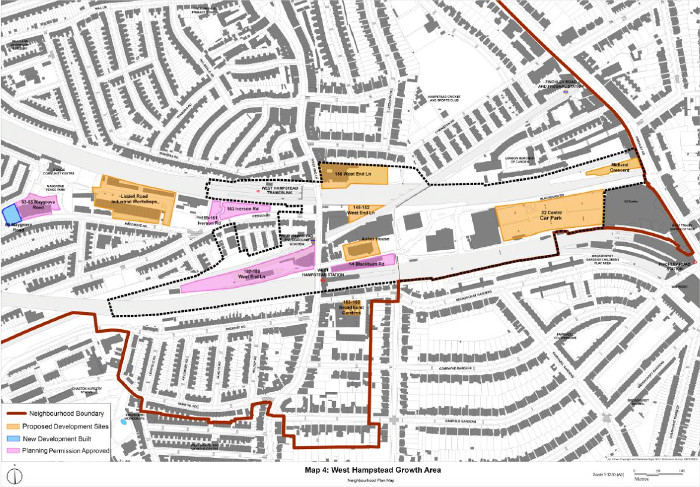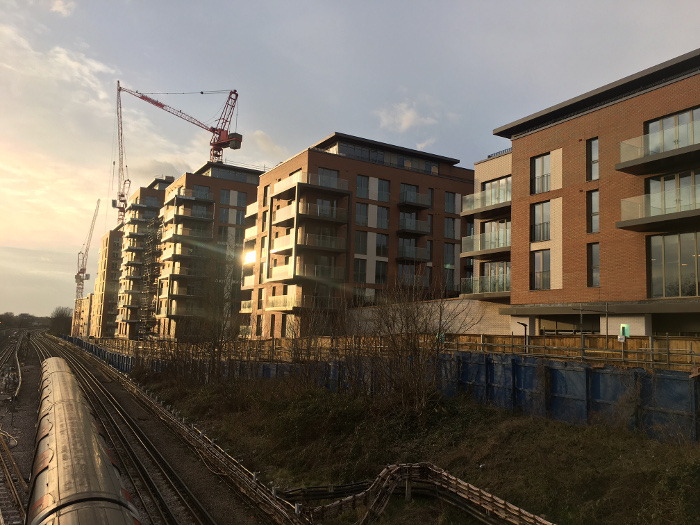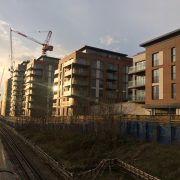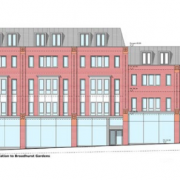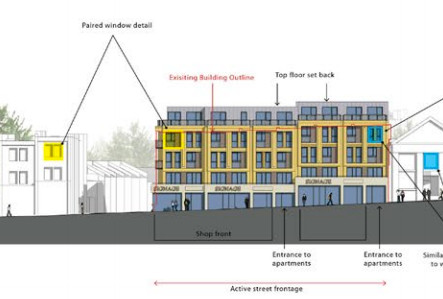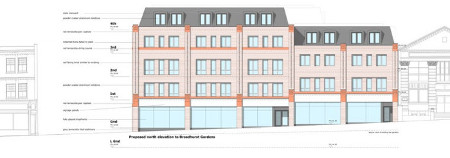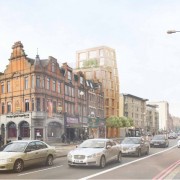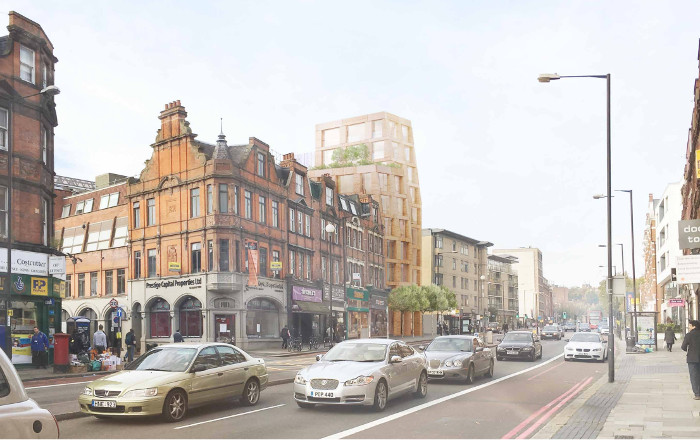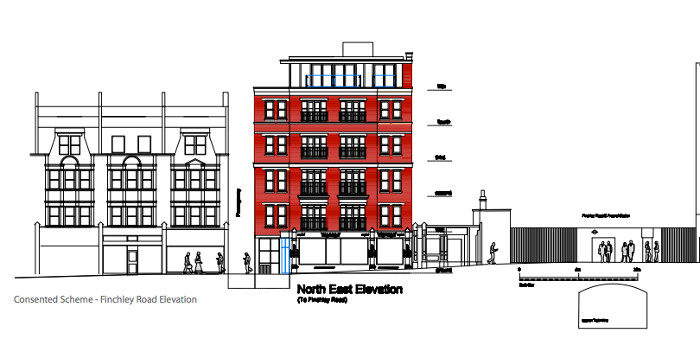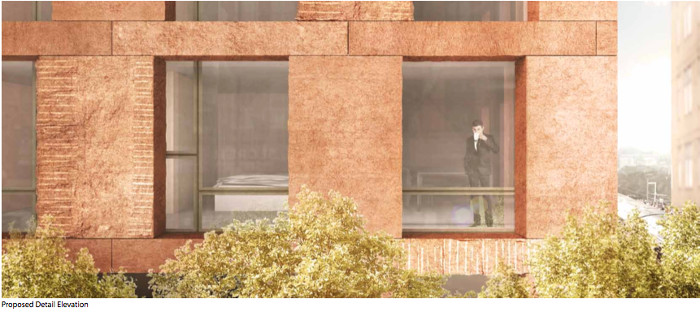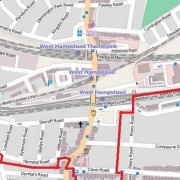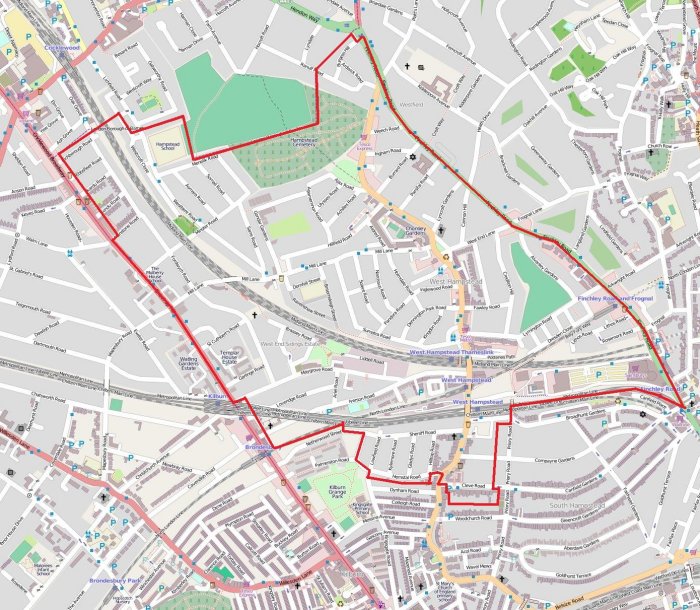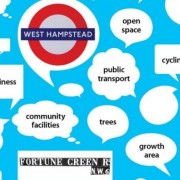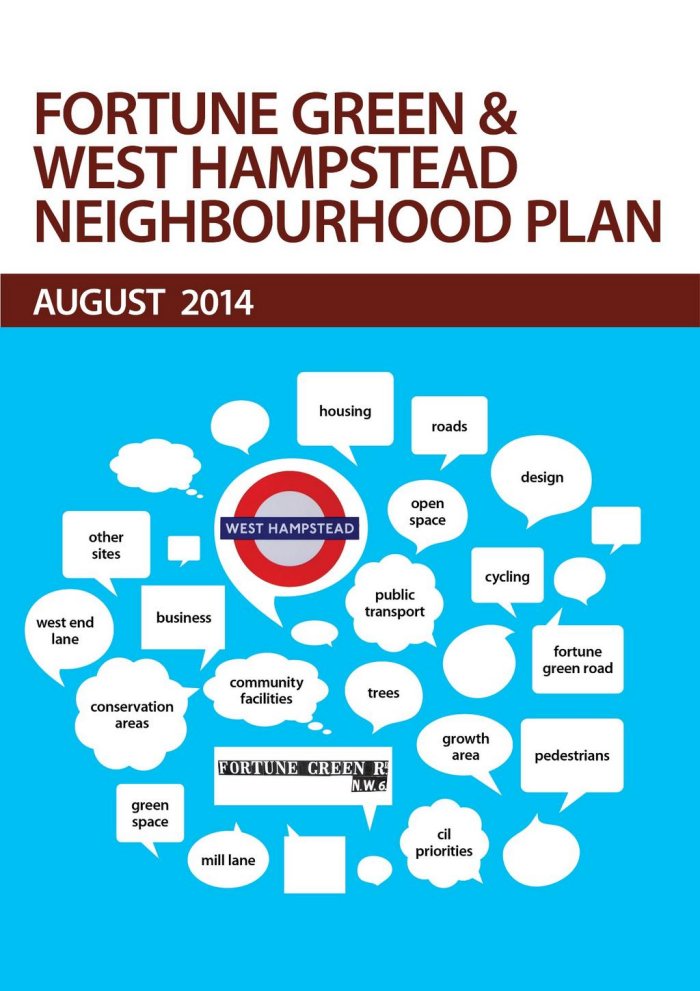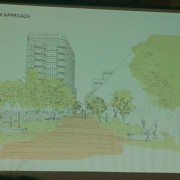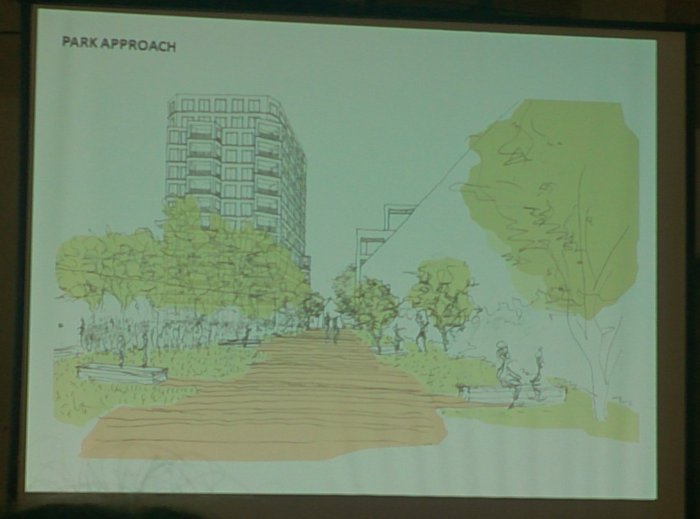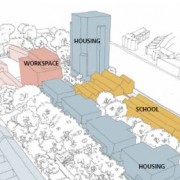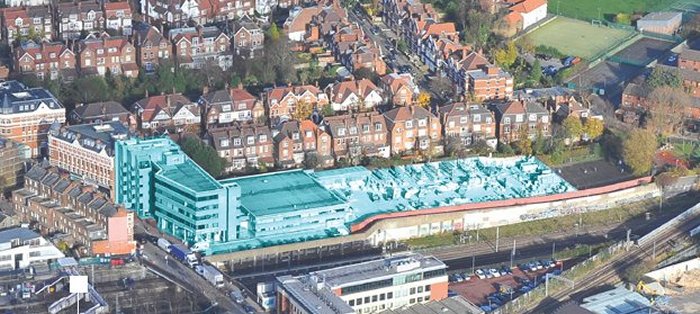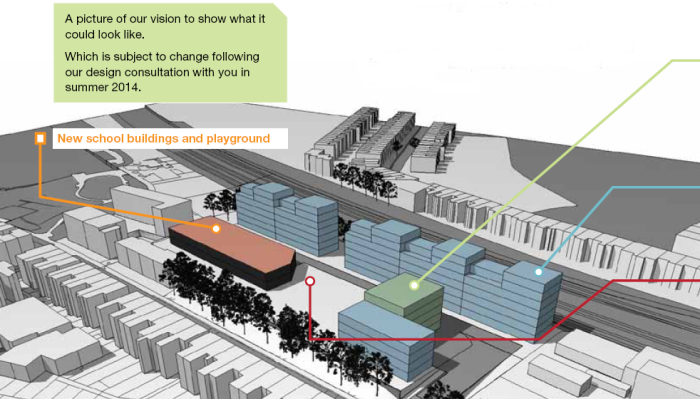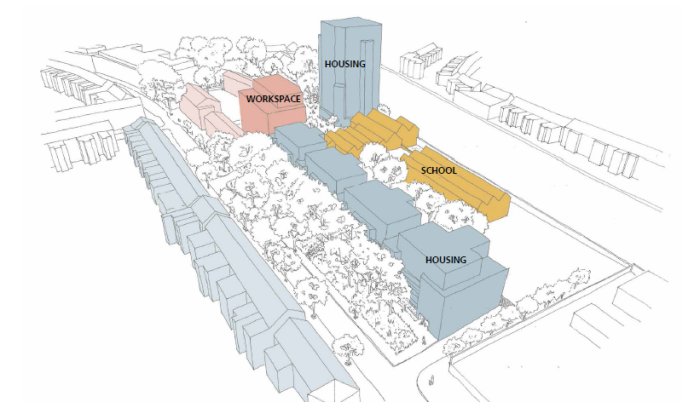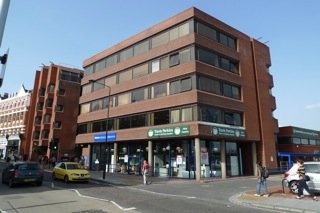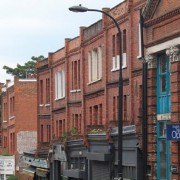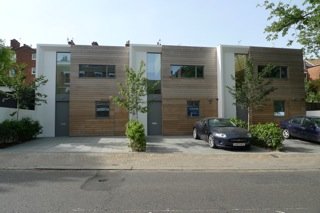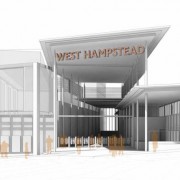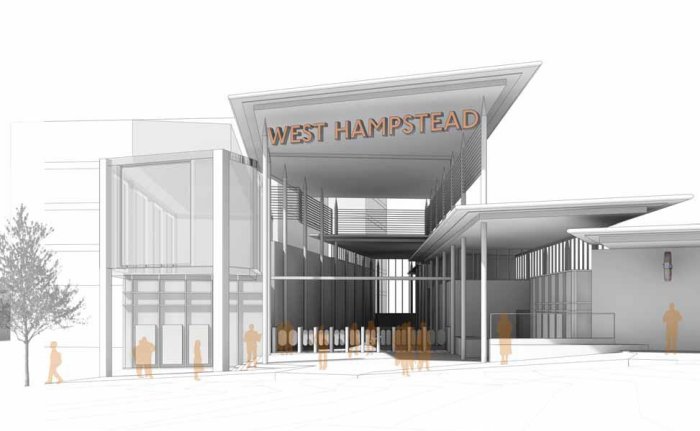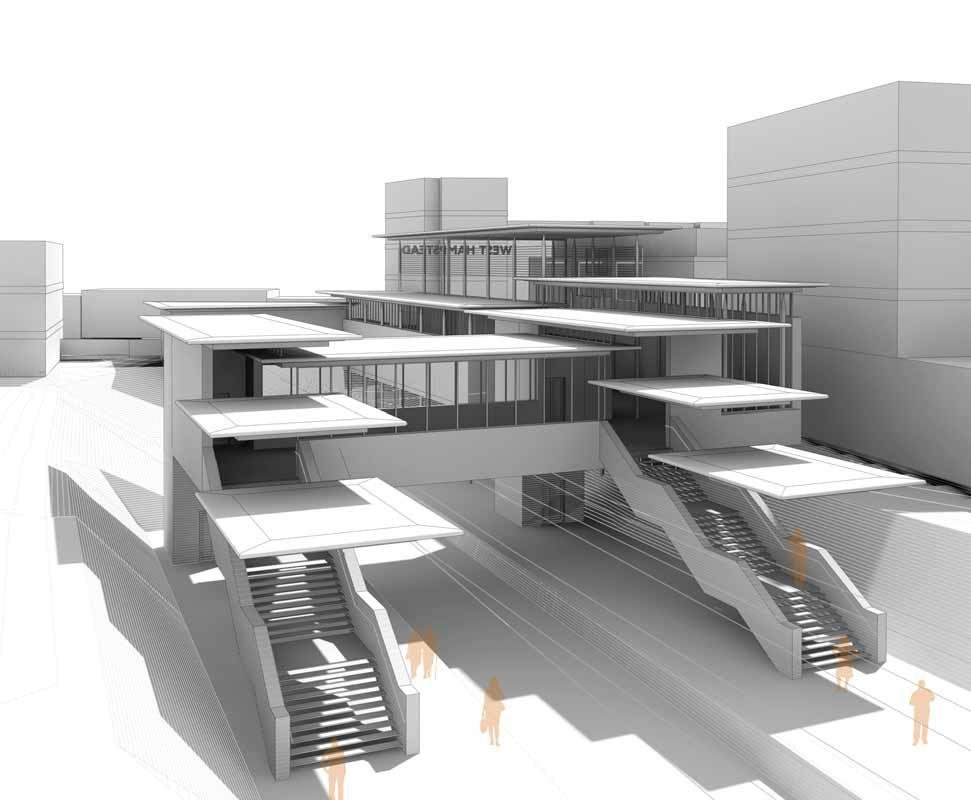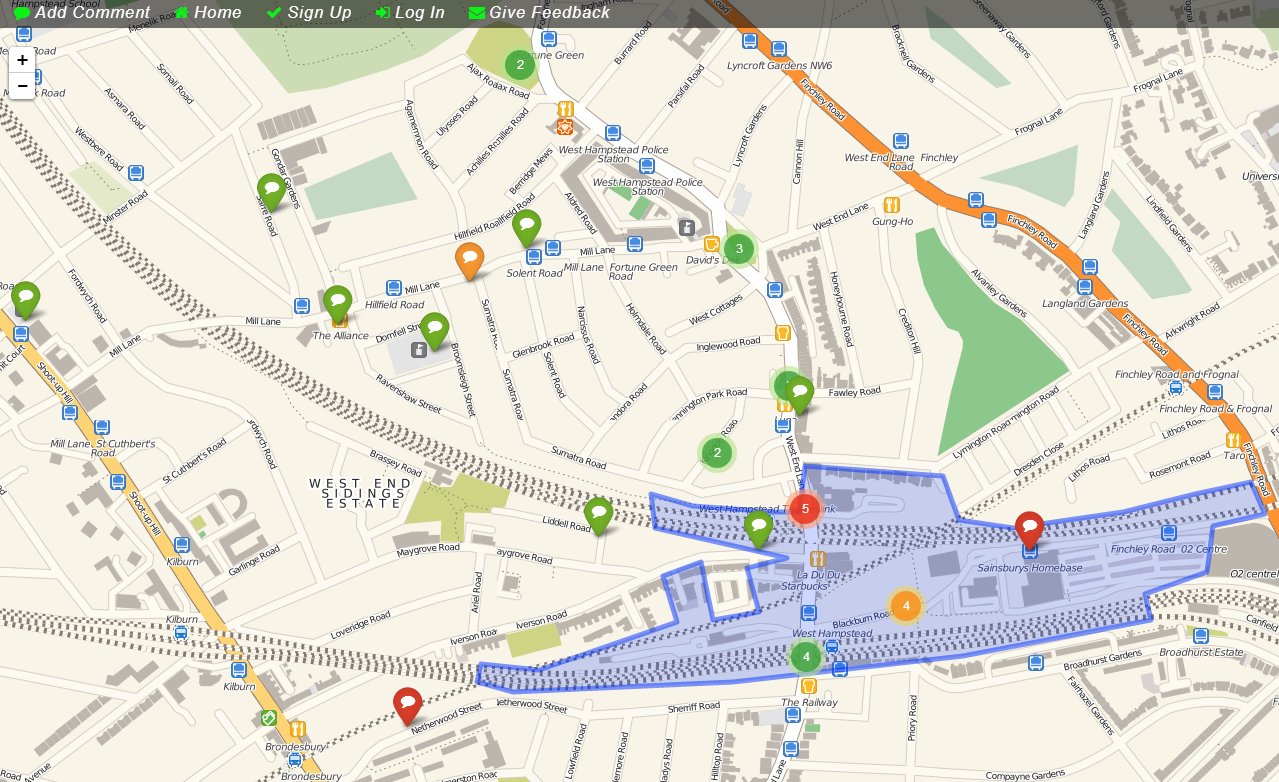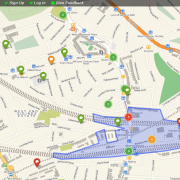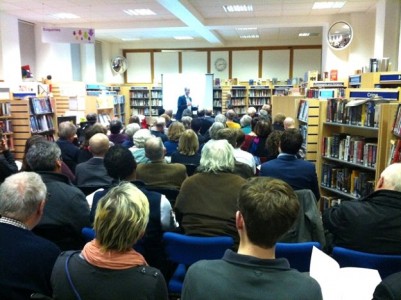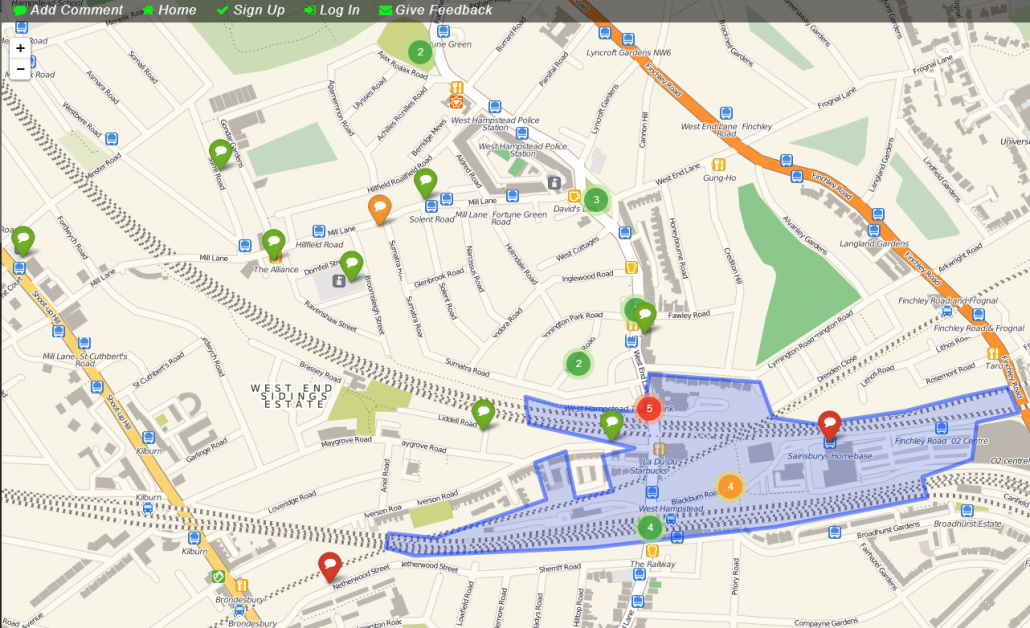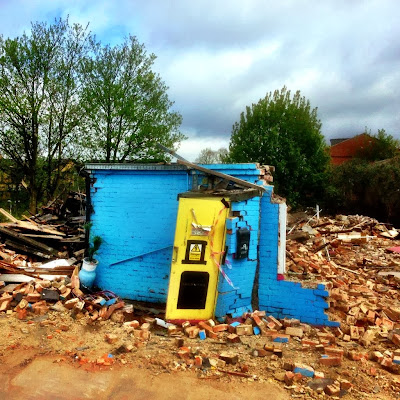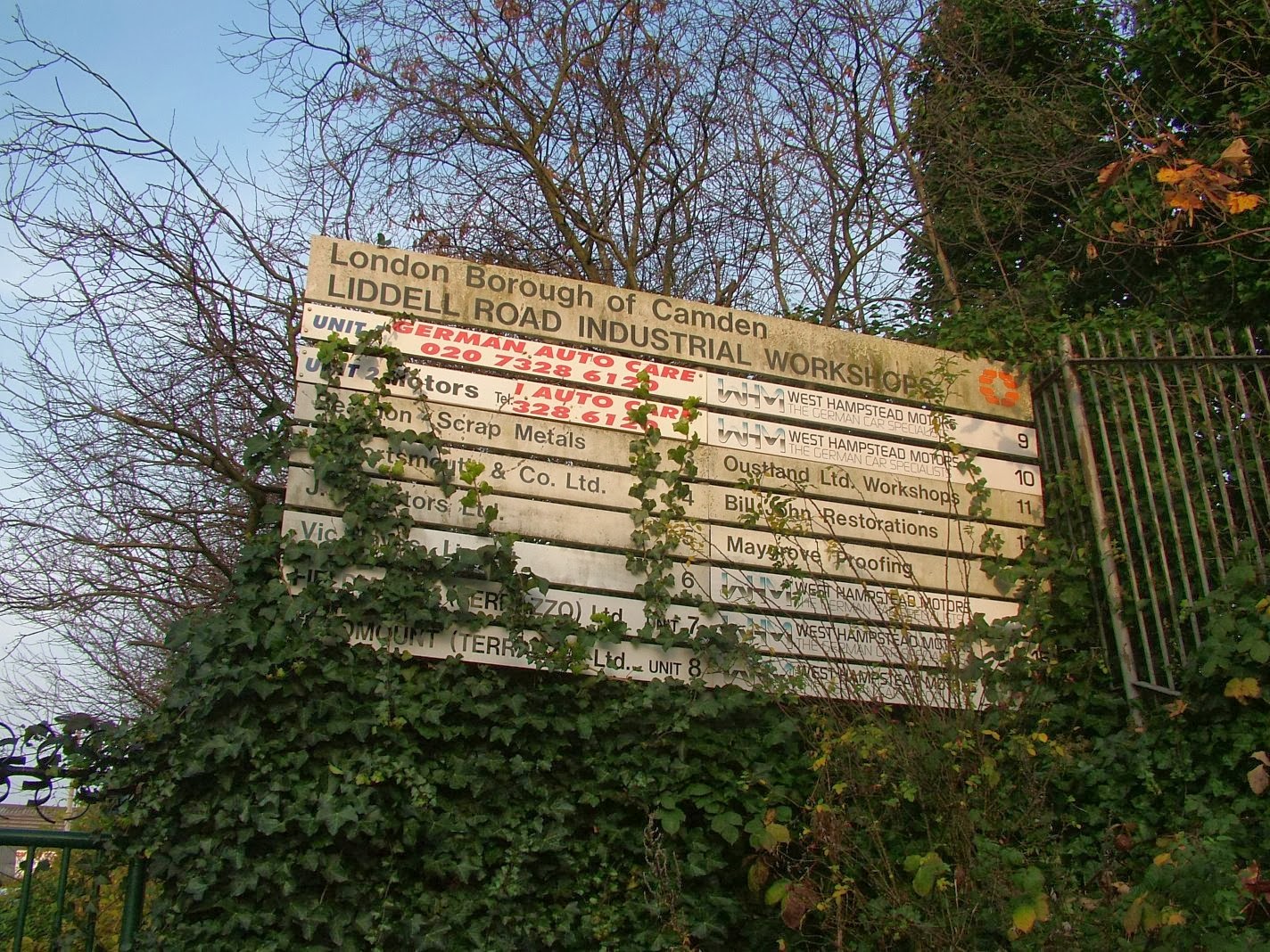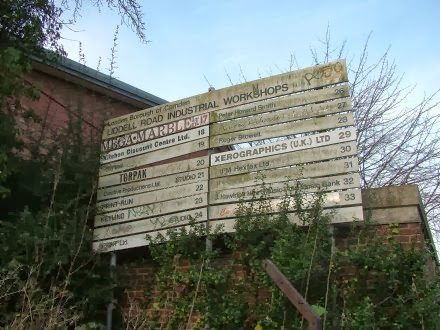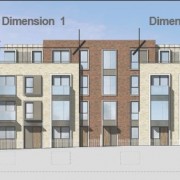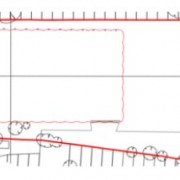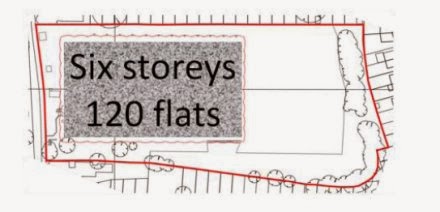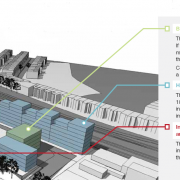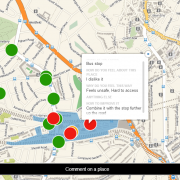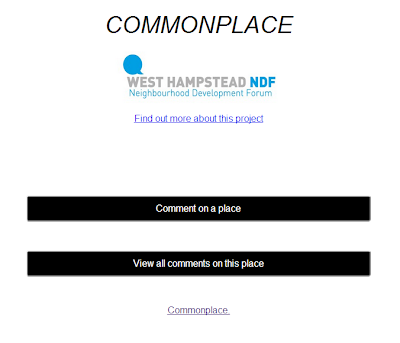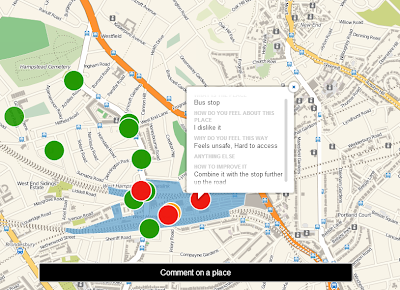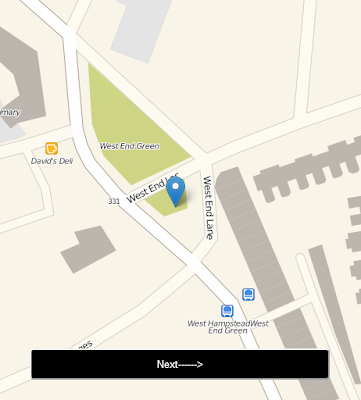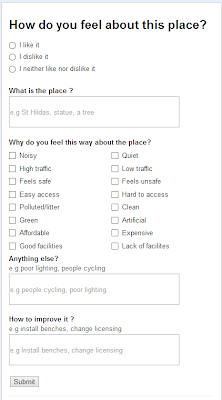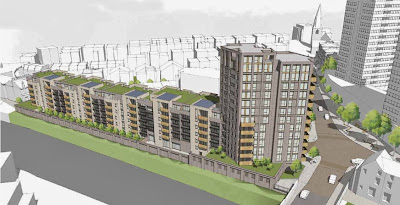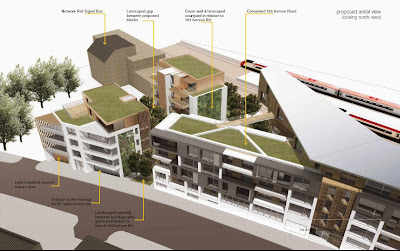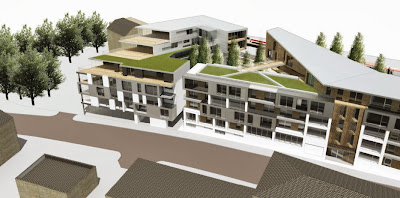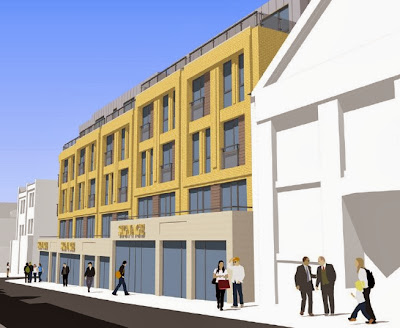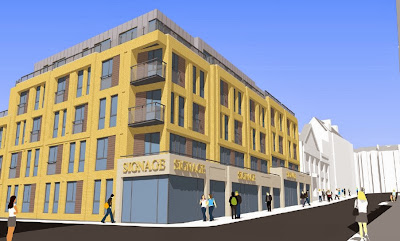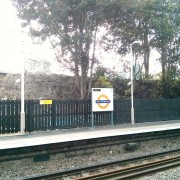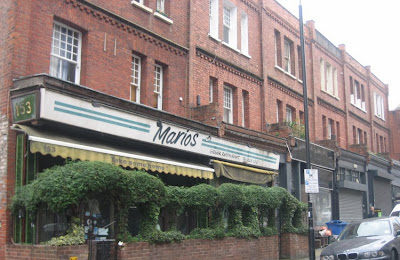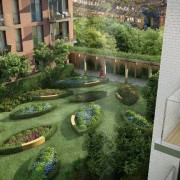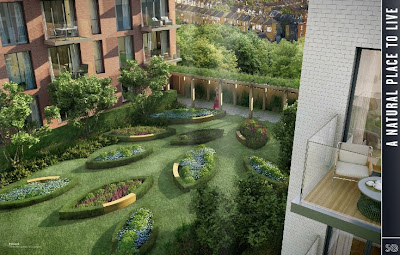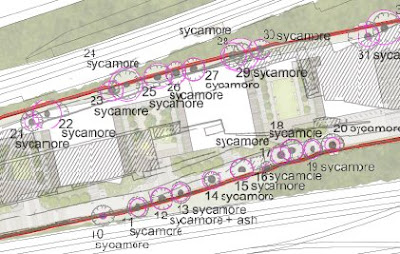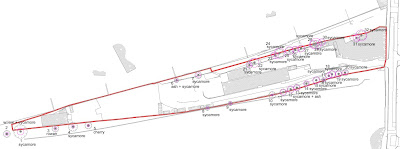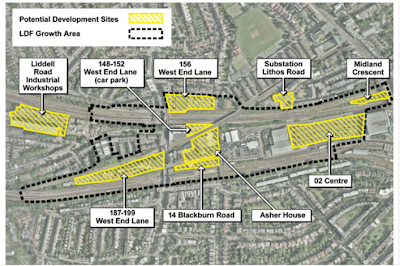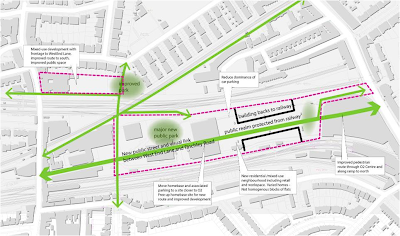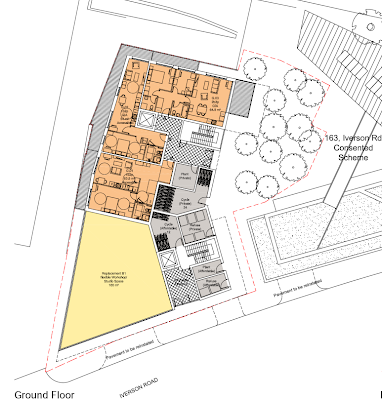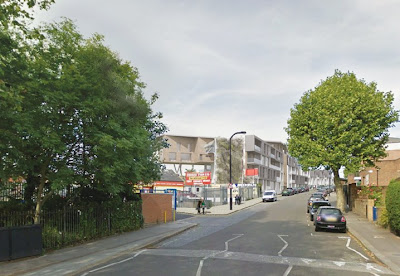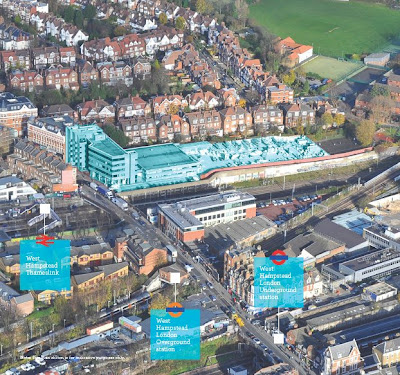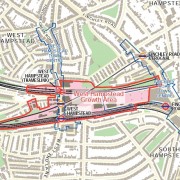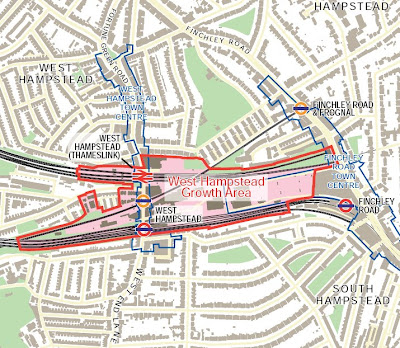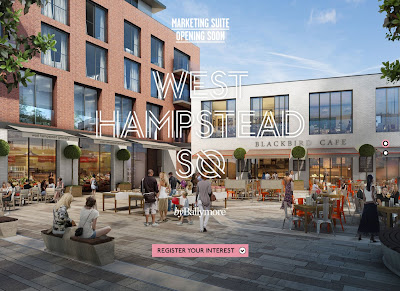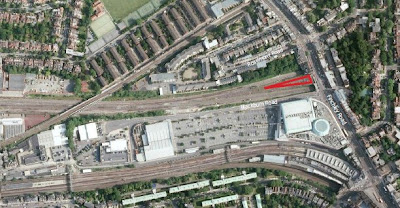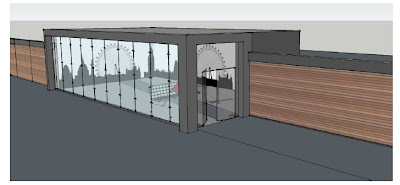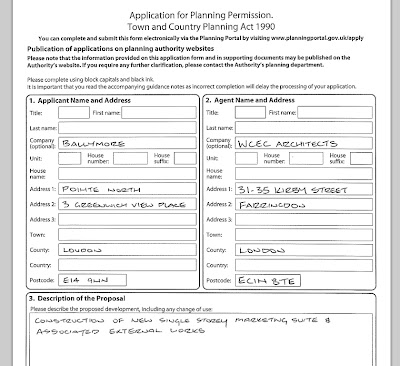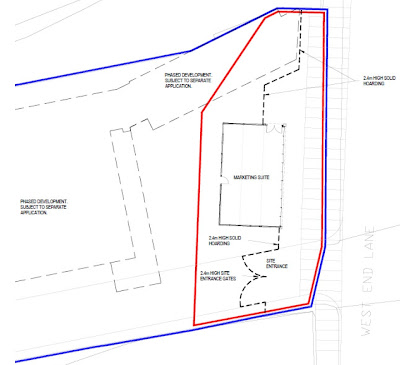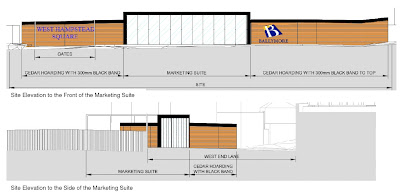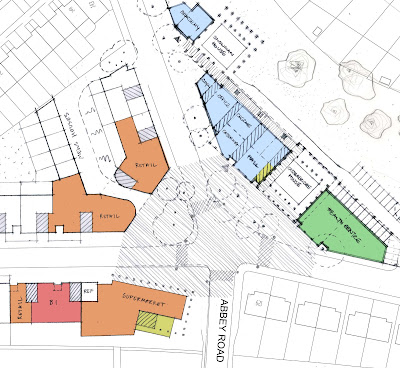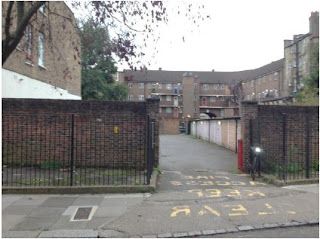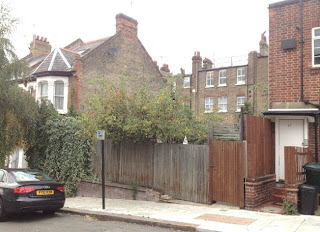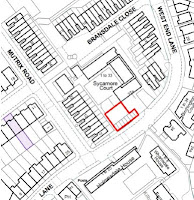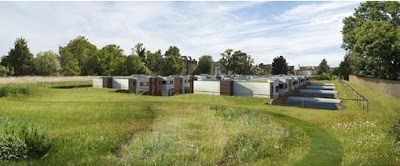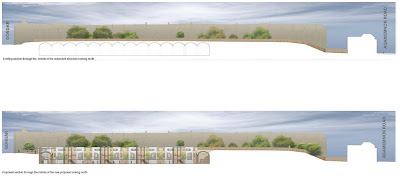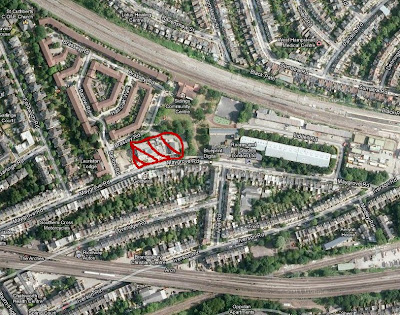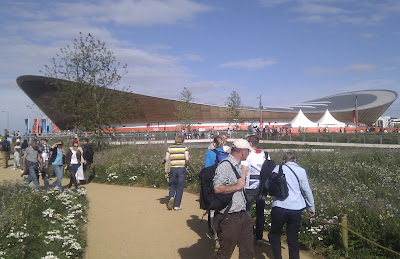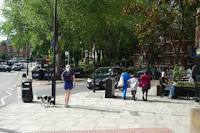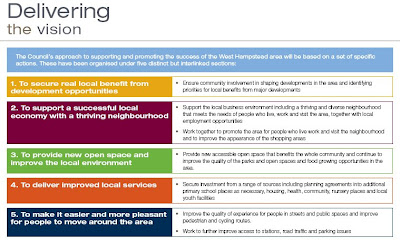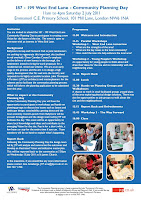On May 21st, more than 30 locals gathered to discuss a range of issues along with James Earl, chair of the Neighbourhood Development Forum (NDF), Cllr Flick Rea, and me. Parking, development, shops; all came under scrutiny. The topics are ones we are used to hearing about but the audience wasn’t the usual suspects. This was #whampforum and pretty much everyone was under 45, with a healthy smattering still in their 20s.
Some comments on the website before the event captured a view I hear too frequently among some of West Hampstead’s older and longer-standing citizens: young people aren’t invested in the area emotionally or financially because they don’t own property, so why would they care.
Apart from the staggering prejudice against long-term renters, either from the council or in the private sector, it also misses an important point: there are twice as many people in West Hampstead under 40 as over 40, and 5,000 more in the 20-40 age-group. Are they consigned to live according to the attitudes of their elders (and, the implication always seems to be, betters). Or perhaps the very fact that many of these people can’t afford to buy property here is something we might want to think about. Do we want West Hampstead to be perpetually occupied by the old and rich and the young and transient? Maybe we do, but we will then be beset by the same issues we have today and the age-divide will remain.
Perhaps the single most interesting question we asked at the forum was how many people saw themselves still living in the area in five years’ time. A majority of hands went up. Maybe this population isn’t so transient after all. Of course, many in the room were themselves younger home owners – I wouldn’t deny that this has an impact on engagement, but it’s naive to think it’s the sole driver.
The meeting was lively, and I think (hope) most people had the chance to speak if they wanted to. There were business owners, a property developer, the inevitable politicos and plenty of ordinary residents who were interested to hear more about local developments and to find out how they could have some input without having to sit through the interminable (and at times depressing) local meetings that seem to be the norm in any community.
We touched on three big topics: amenities and transport, business mix, and housing, development and architecture. I’ve tried to summarise the key points below as well as discussing how to feed your thoughts and ideas to the decision makers. At the bottom of the page is a factsheet.
Amenities and Transport
Camden’s policy of car-free developments struck many as odd, unrealistic, and potentially adding to traffic problems as car-owners tried to find somewhere to park. About a third of the audience owned cars already, more than I would have expected. Car clubs were popular, though people said there weren’t enough car club cars in the area and not enough different types of vehicles.
People commented on the street clutter, the rubbish that accumulated on the streets, especially from local businesses, the seemingly bizarre phasing of the traffic lights, delivery lorries and even the location of the bus stop by the post office.
Schools also came onto the agenda, with the idea of a free primary school being mooted (there are also murmurings about launching a free secondary school in the neighbourhood).
The major lobbying group for all these topics is WHAT (West Hampstead Amenities & Transport). It has a good track record of working with the various bodies responsible for many of these topics, especially transport. You can find out more about them at whatnw6.org.uk. Don’t be put off by the relatively basic website, this group is very active and lobbies effectively. You may not agree with its policies on everything, but it is a great starting point for finding out more about transport issues.
Business mix
The issue of whether charity shops are a good or bad thing for the high street and the local economy came up. The perennially thorny topic of Tesco came up though for this audience, even though there was general support for independent shops and restaurants, the convenience of metro format supermarkets generally overcame the idea of corporate behemoths invading the high street. We discussed the challenge of finding out who landlords are in some units, and how this makes it hard to develop the “pop-up shop” culture when units sit empty.
There was a feeling that “destination” shops would do well, and the challenge faced by Mill Lane in attracting people to walk along was discussed. Yet again, people proposed better signage for Mill Lane shops and the idea of having a street festival there was mooted. These are ideas that Mill Lane traders have had themselves, but the group seems to find it hard to come together and act as one group. The council, however, is always going to be more responsive if it’s dealing with a collective body than with one or two individual traders. The onus here is on the traders.
Most people understood that the council had no control over what types of shops or restaurants moved into spaces already designated for that use. We explained that it was only when a business applied for a change of use or a chance of licence that it was possible to object. This is a planning topic with lots of grey areas, however. Cafés that don’t cook anything on the premises (microwaves and panini grills don’t count) can take retail premises, for example, without a change of use. There is also a push by central government to make it easy to convert shops and offices into residential units, although Camden is one of the boroughs exempt from this.
(from the BBC) “At the same time, a two-year freeze is also being introduced on the need for planning applications for temporary change of use for a range of High Street premises, including hairdressers, banks, bars, cafes, post offices, takeaways, libraries and cinemas. This would allow units not exceeding 150 sq m to spring up at short notice and trade for a limited period as long as long as they meet the criteria of being either shops, restaurants, business offices and financial or professional services. Multiple changes will be permitted within the two-year period but retailers will need to notify councils what they intend to use the building for, and for how long, in advance of setting up.”
There wasn’t much discussion of the business-to-business economy, although with plans to develop the Liddell Road industrial site, this may become more of an issue. The questions here are about local employment, a change in the local weekday economy, and general business mix of the area.
This remains an area where the biggest impact locals can have is by voting with their wallets. If there are shops and businesses you like, then use them. If you want to object to a licence or change of use application, then it’s good to be familiar with Camden’s “town centre” plans and guidelines (see the factsheet for details of Camden’s Core Strategy).
Housing, development and architecture
The cost of property was clearly an issue for many who wanted to stay here. We explained about the affordable housing quota that developers are obliged to meet in any new development, and how more often than not they are able to prove that meeting the quota would render the whole development unprofitable. There are complicated rules about how much money they then have to pay so that affordable housing can be built in lower-cost locations by Camden.
People expressed an interest in shared housing schemes. I don’t know a lot about these – though there are some in the area (Fairhazel Gardens has one). This is more popular in North America, but there’s no reason why it can’t work here.
There seemed to be a sense that with property prices rising so quickly at the moment, the area was at risk of becoming even more homogeneous in terms of the social mix, with pockets of social housing becoming less and less integrated. The housing conversation also took us back to the issues of schools and other services, such as GP surgeries. With so much housing planned in the area by City Hall (West Hampstead is designated an “area for intensification”), people were concerned to know whether service provision would keep pace.
Health centres are typically less of a problem locally, and very few people in the room had had any issues finding medical treatment when they needed it. Schools are a different proposition, requiring much more investment either from the public sector or private providers. Of course, the demand for schools depends on the existing and proposed housing stock – a dearth of affordable family houses would mean relatively low demand for additional school places.
There’s not a lot you can do about house prices of course, but housing is a topic where your political vote has an impact at both the borough, city and national level. If this is an issue of concern then make sure you read the housing policies of various parties next time you’re heading to the ballot box. Camden council elections are next year, and the political leaning of the council does have an impact on housing policy. The NDF is also concerned with housing, so providing input into its policies as they are finalised would be a good way of shaping the direction of the area – more on this in the next section.
There’s clearly a large overlap between housing and development but also a clear difference of opinion between age groups over the scale and type of development in the area. When prompted by Flick, there was an agreement that the views from the area looking up to Hampstead were part of West Hampstead’s character but there was also broad consensus that it wasn’t the height and scale of new developments that mattered, it was design and planning. We discussed the O2 car park, which we all assume will be built over at some point, and the view was that a large-scale, fairly high-rise development here would be ok, as long as the area was well planned, attractively landscaped, and it wasn’t a “high density at any cost” proposal. People didn’t want to feel hemmed in, but accepted that it was possible to have high(er) rise living in an area like West Hampstead.
Modern buildings in the area, such a the Thameslink station, the Mill Apartments and even the more controversial Emmanuel school were generally seen as good buildings.
We also explained about the ever-mysterious “Section 106” money that gets discussed a lot. In a nutshell, it’s money that developers pay to allow the council to offset the cost of the influx of new residents, as well as to contribute to amenity in the area. The detail gets very confusing and there’s a very strong push at the moment for much more transparency over how it is allocated, where exactly it is spent, and who makes the decisions. To add to the confusion, many of the things funded by Section 106 will, from next year, be funded instead by the Community Infrastructure Levy. The affordable housing offset payments, however, will still be paid for by Section 106 agreements so you’ll still be hearing about it.
Engaging with the West Hampstead Neighbourhood Development Plan is by far the best way to influence these matters. I have talked about it many times on this site already, but as the Plan starts to move into the final stages (and we’re talking months here, not weeks), there will be more information about specific policies. You can contact James directly (ndpwesthampstead@gmail.com) with any specific thoughts; a PDF of the latest draft of the plan is available here (this is very much a draft) so do have a read. Look out for NDF stalls around West Hampstead over the coming weekends. Stop by and give your feedback in person.
Remember that underpinning the very idea of these local development forums is the rule that they cannot be “anti-development”. They are about shaping what happens, not standing in its way, so they are by definition not a NIMBY-organisation.
* * *
One of the reasons I convened this meeting is that the main contributors to the NDP thus far have been the usual suspects. They are well-meaning and in many cases the same issues arise, however priorities do vary between different segments of the population and it’s important that the silent majority have their say. Rest assured that by coming to the meeting, you have already helped shape some of the thinking around these topics. Nevertheless, it will do no harm to reinforce that feedback in person at the stalls, or via e-mail and those of you that couldn’t make it should also feel free to get involved. As well as street stalls, there will also be “street walks”, one of which I might even lead myself!
For me, it was important that this meeting wasn’t just a talking shop but that it had some impact. Hopefully you will see some of the views expressed here filtering into the Plan, but also into council thinking. They also help me when I am asked in formal and informal interactions with council officers and councillors what “younger people” think.
We may well hold another, more focused meeting later in the year on one or two specific topics and will probably have one to discuss the final NDP policies before they are set in stone. They will of course be heavily trailered on the site and on Twitter. In the meantime, thank you to everyone who came and to the Alice House for hosting.
Factsheet
You can also download the factsheet here.
